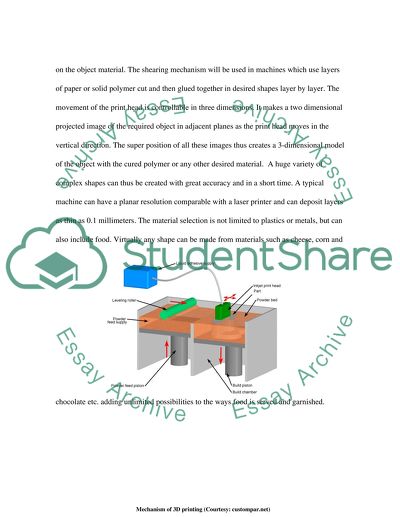Cite this document
(“3D Printing: Manufacturing Revolution Assignment”, n.d.)
Retrieved from https://studentshare.org/information-technology/1438970-3d-printing
Retrieved from https://studentshare.org/information-technology/1438970-3d-printing
(3D Printing: Manufacturing Revolution Assignment)
https://studentshare.org/information-technology/1438970-3d-printing.
https://studentshare.org/information-technology/1438970-3d-printing.
“3D Printing: Manufacturing Revolution Assignment”, n.d. https://studentshare.org/information-technology/1438970-3d-printing.


